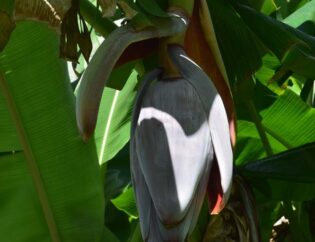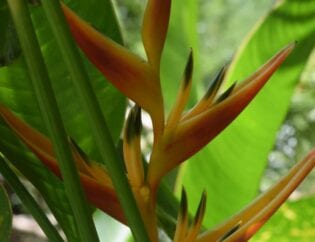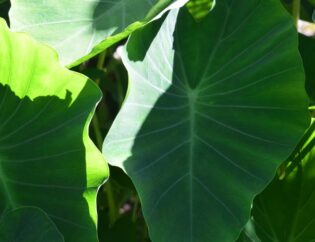
Save water and fertilizer with drip irrigation. Drip irrigation lets water drip slowly to the roots of plants, either onto the soil surface or directly onto the root zone, through a network of valves, pipes, tubing, and emitters.
There are both pros and cons to drip irrigation. In many situations, drip irrigation will be the best option–but there are some downsides to drip irrigation, too.
The Advantages of Drip Irrigation
Drip irrigation involves placing tubing throughout a garden or agricultural area. This tubing will then feed water directly to the roots of plants. This direct irrigation system has a few major advantages:
- Drip irrigation uses less water. The main advantage of drip irrigation is that it uses less water than other irrigation systems, such as sprinklers. Sprinkler systems waste a significant amount of water due to evaporation, even when set to work in the middle of the night.
- Drip irrigation fosters healthier growth. With sprinkler systems, water will penetrate from the surface of the soil; if insufficient water is used, this leads to weak surface-level root growth rather than healthy roots penetrating deep into the soil.
- Fertilizer can be mixed with water in an irrigation tank attached to a drip irrigation system. This system can be a great option for agricultural applications.
- Drip irrigation is easy to maintain. Manual watering is time-consuming. Above-ground sprinkler systems can’t be mowed around and need to be moved before mowing. While in-ground sprinkler work well for lawn irrigation as they can be mowed over while not in use.
The Disadvantages of Drip Irrigation
There are surprisingly few disadvantages to drip irrigation. It’s a simple system that can be used for everything from a small yard to a large agricultural system. A few disadvantages include:
- It can be more expensive than above-ground sprinklers. An above-ground sprinkler for a small garden may cost just a few dollars, whereas drip irrigation will require installation into the ground.
- It involves in-ground installation. You will need to cut lines where the tubing is installed, which could potentially be disruptive if you’ve already created your landscaping (although, no more disruptive than in-ground sprinklers).
- It does require some maintenance. The system needs to be checked for leaks and clogs and occasionally tubing may need to be fixed or re-run. Manual watering doesn’t require this maintenance (but is more time-consuming over the long run).
Overall, drip irrigation has more advantages than disadvantages. It is an efficient way to water plants and uses less water overall. It’s easy to maintain and it can save you time. While there are some downsides, it mostly comes down to your goals. A small, easy-to-maintain yard may not benefit from drip irrigation as much as a large garden or agricultural setting.









